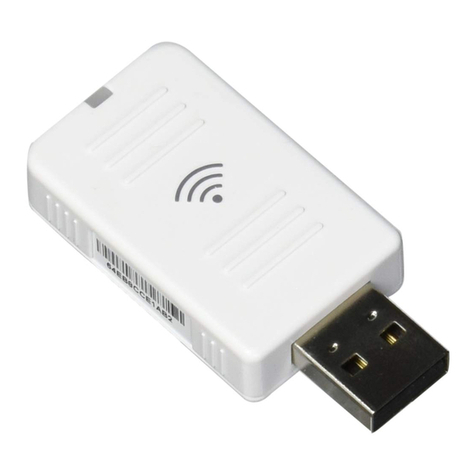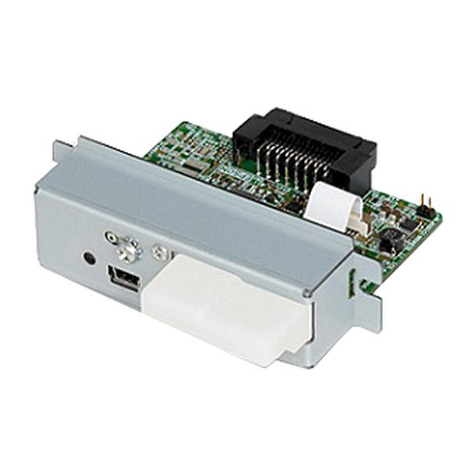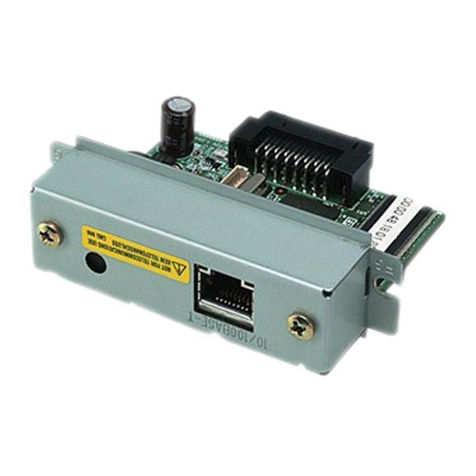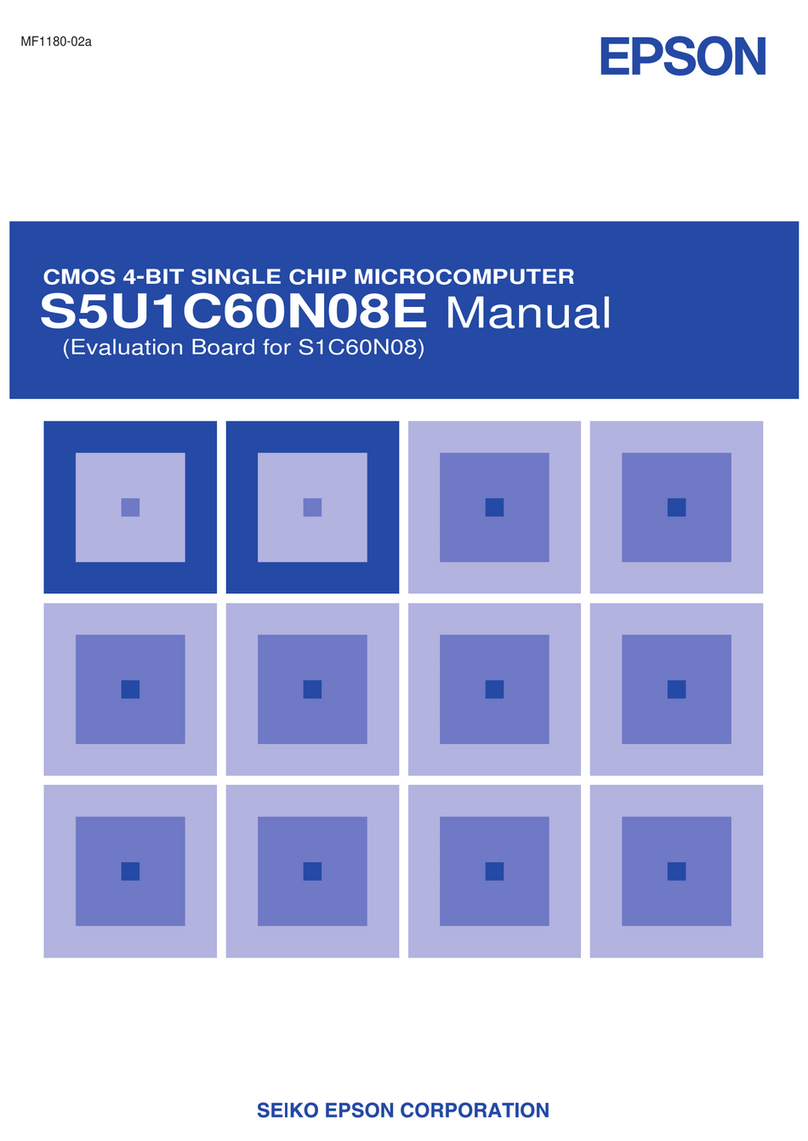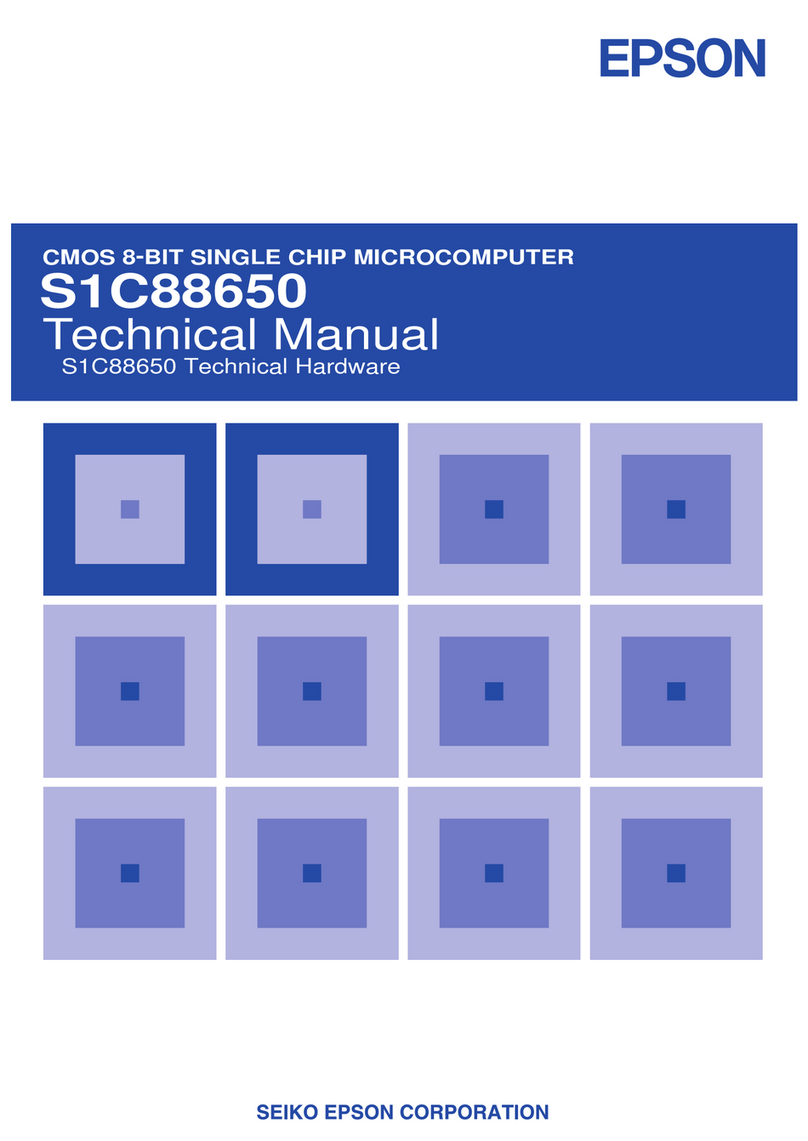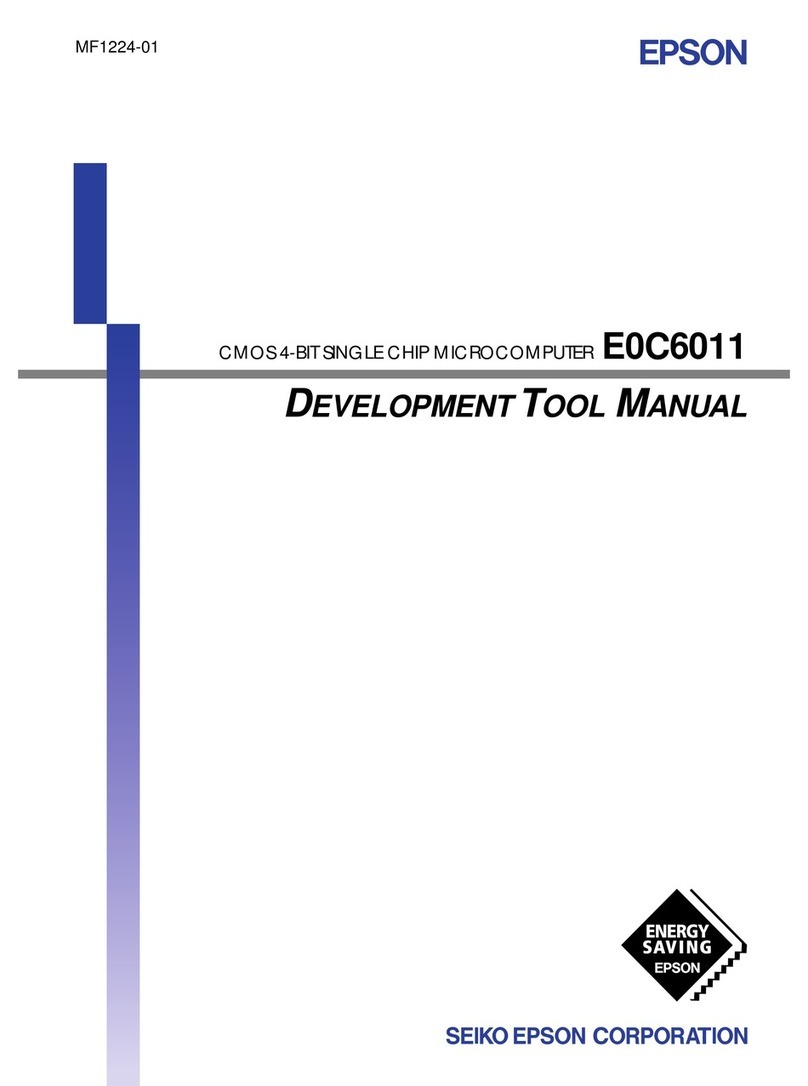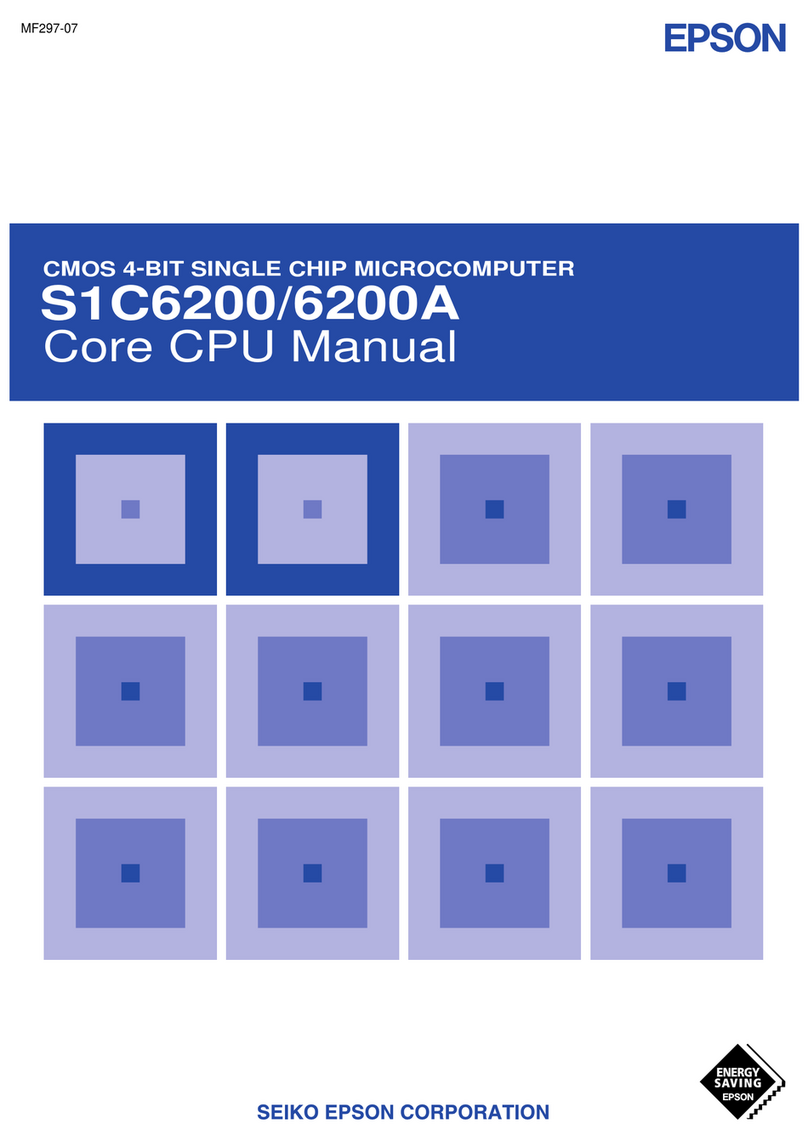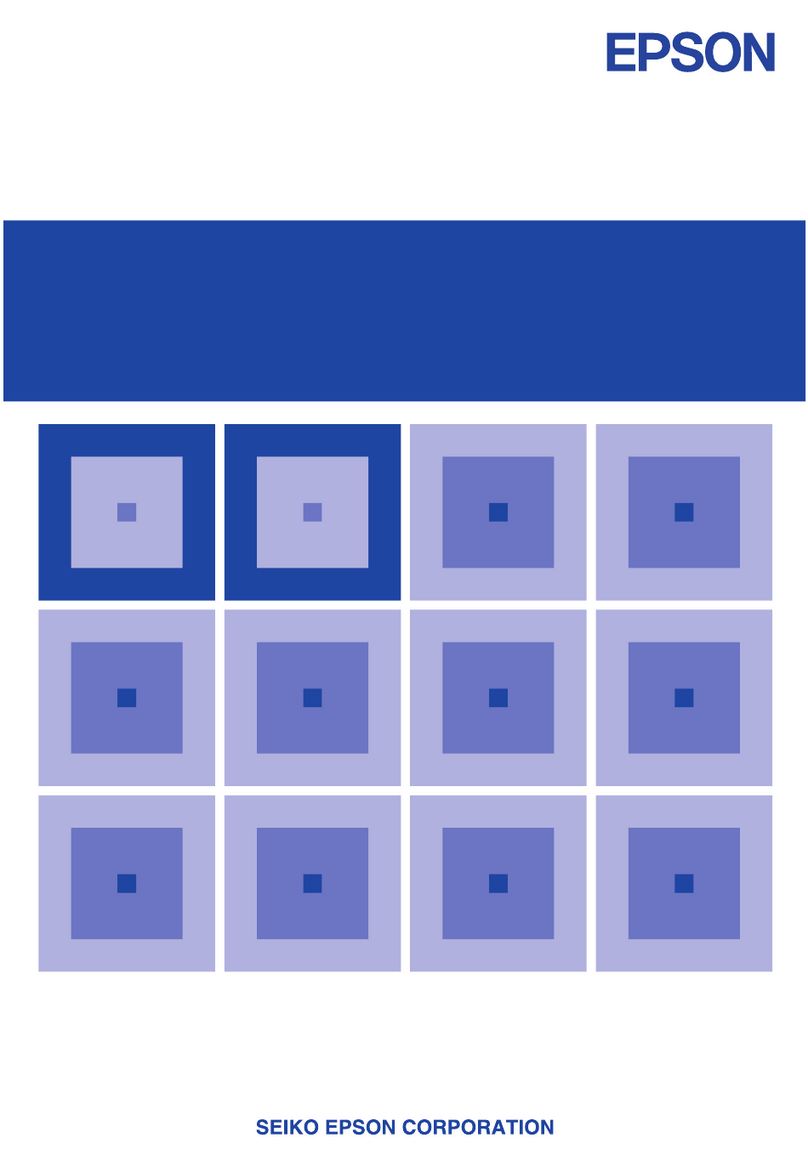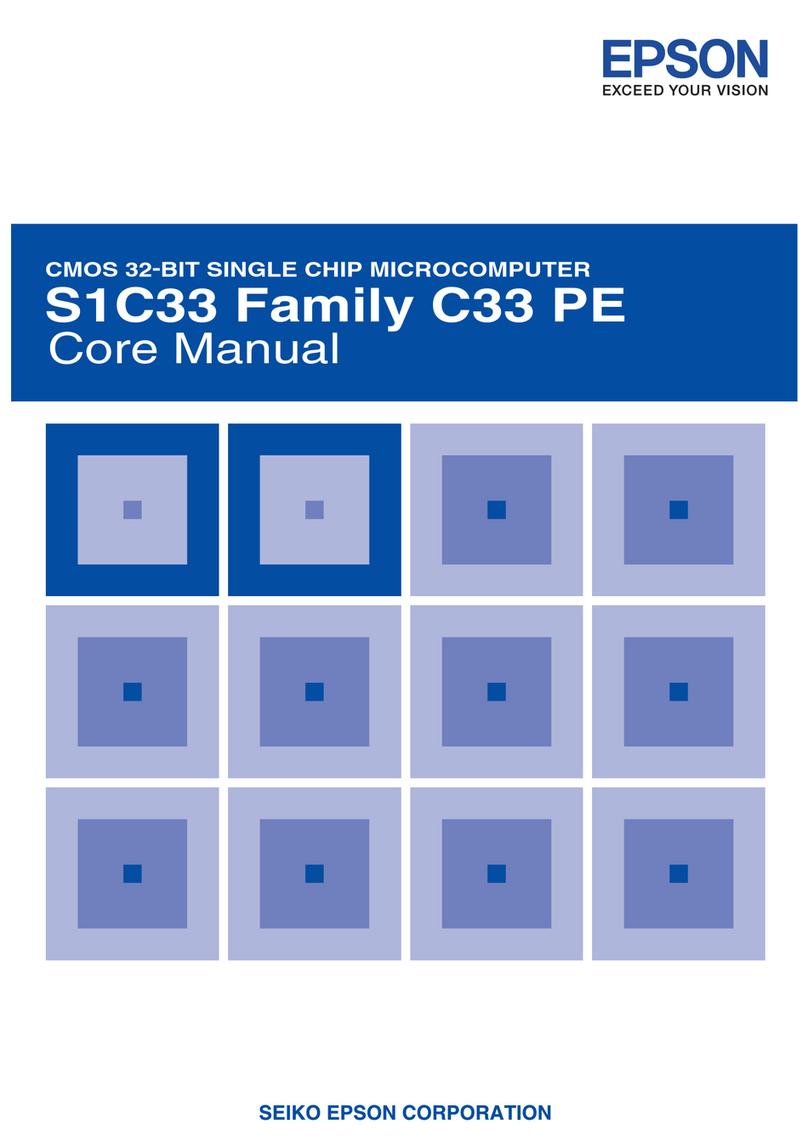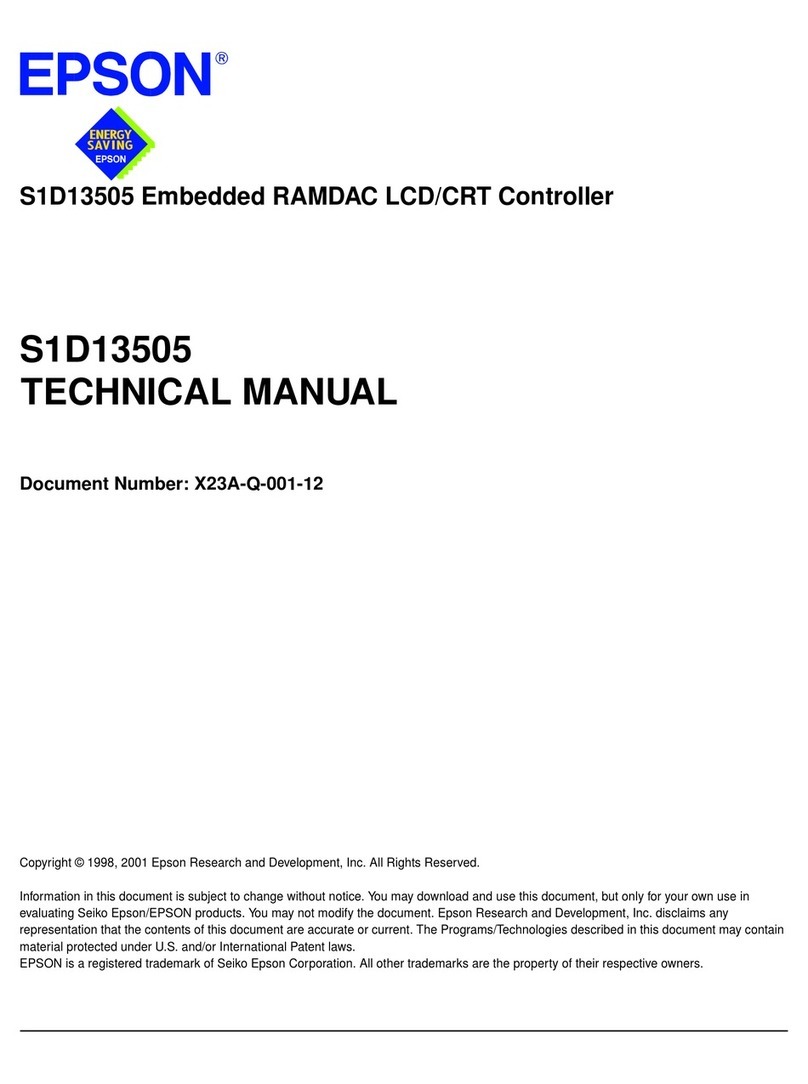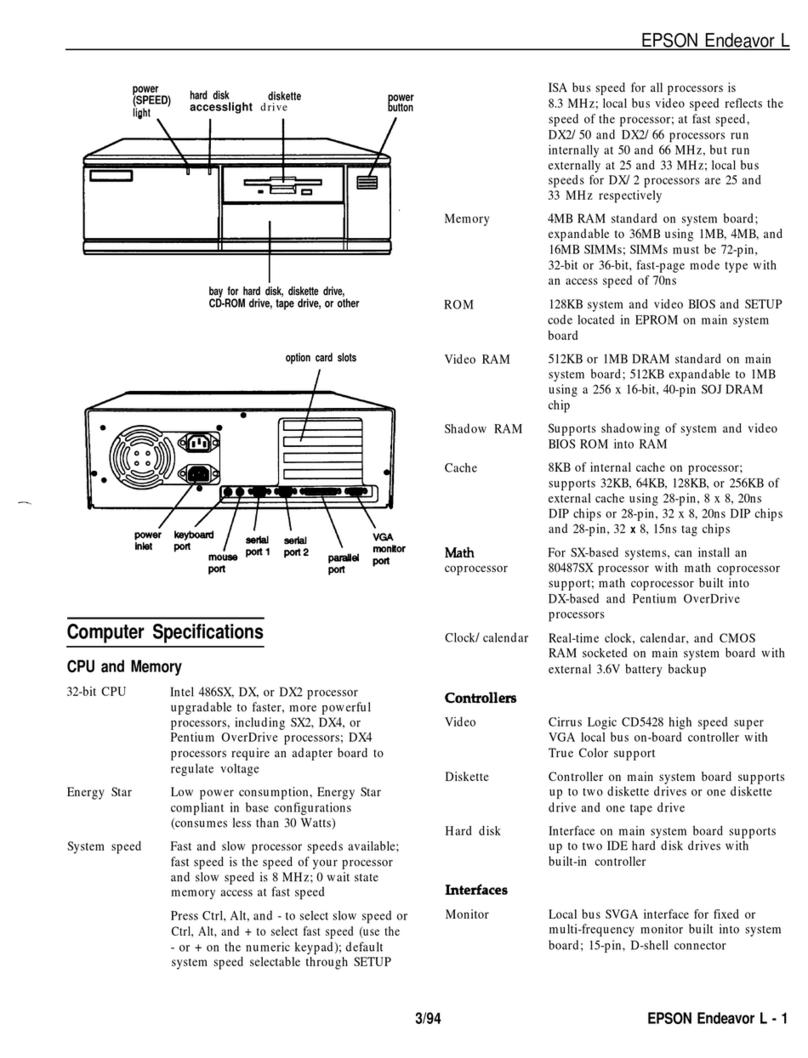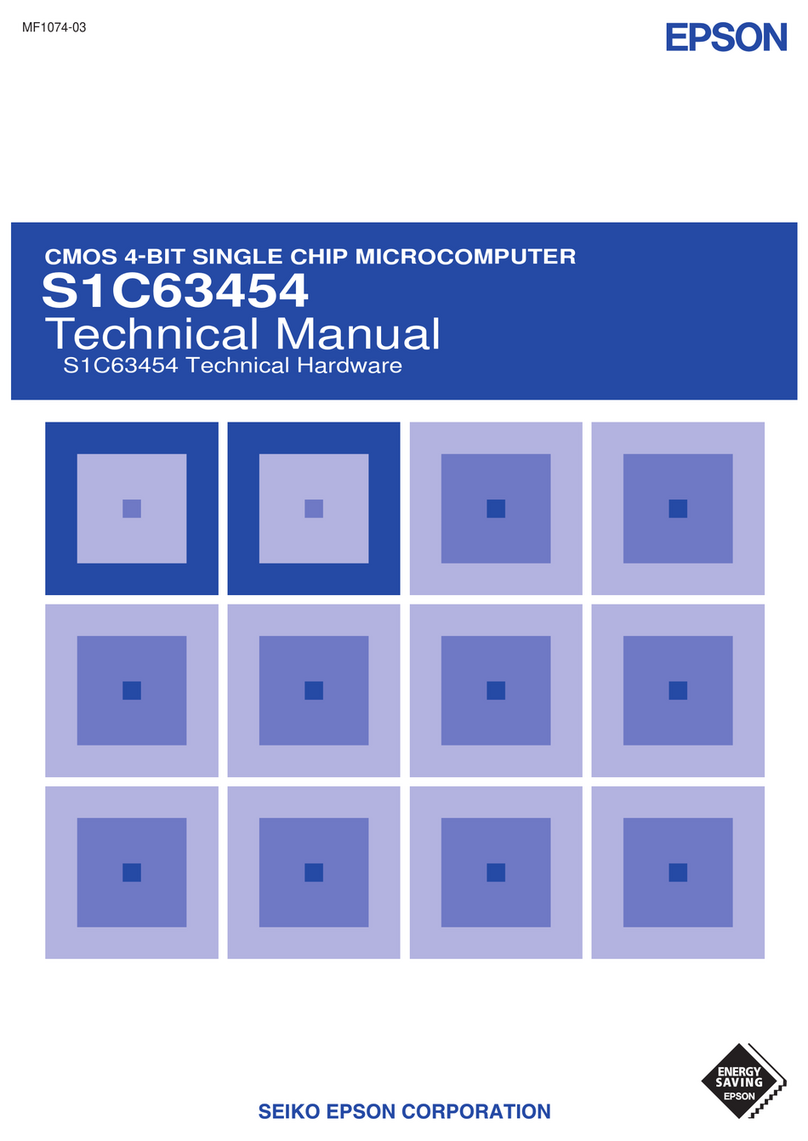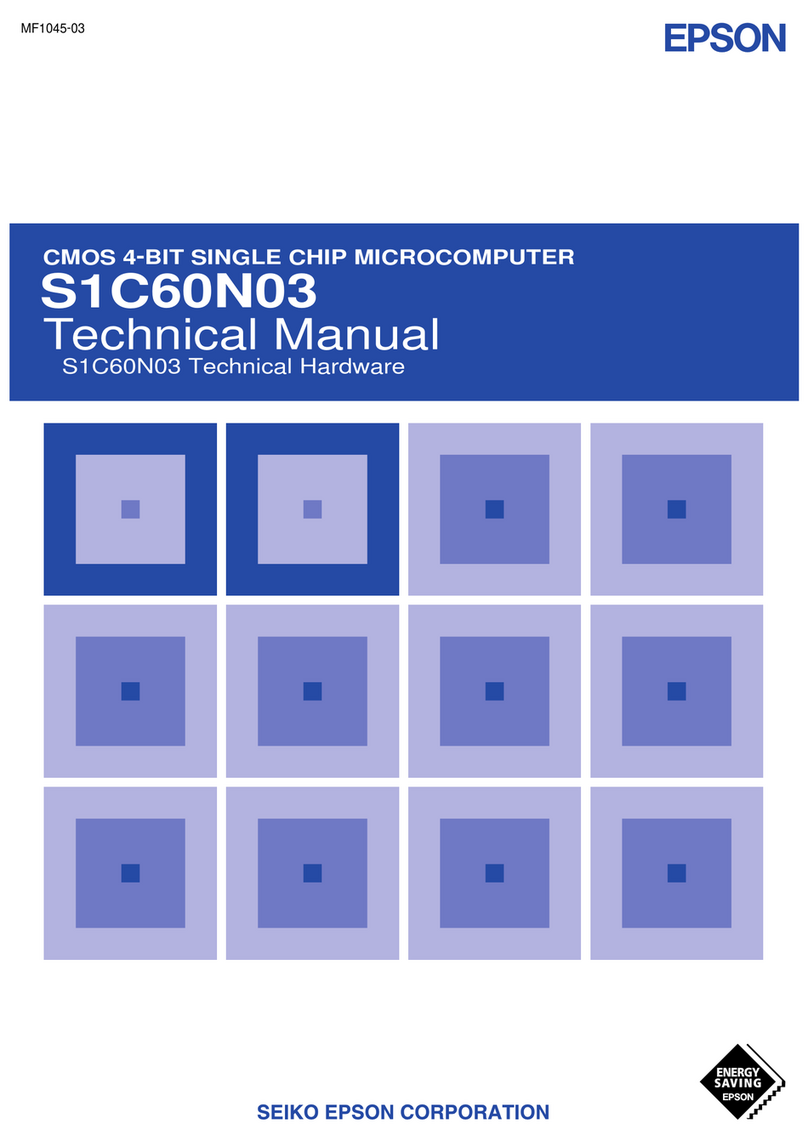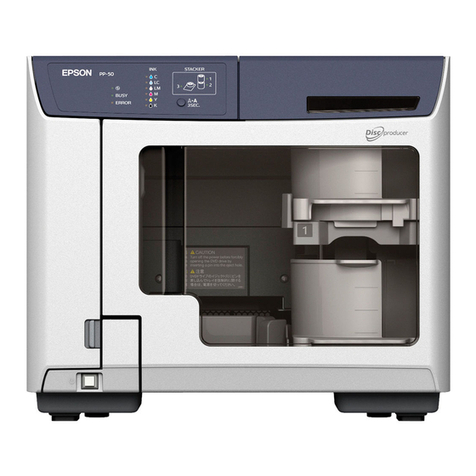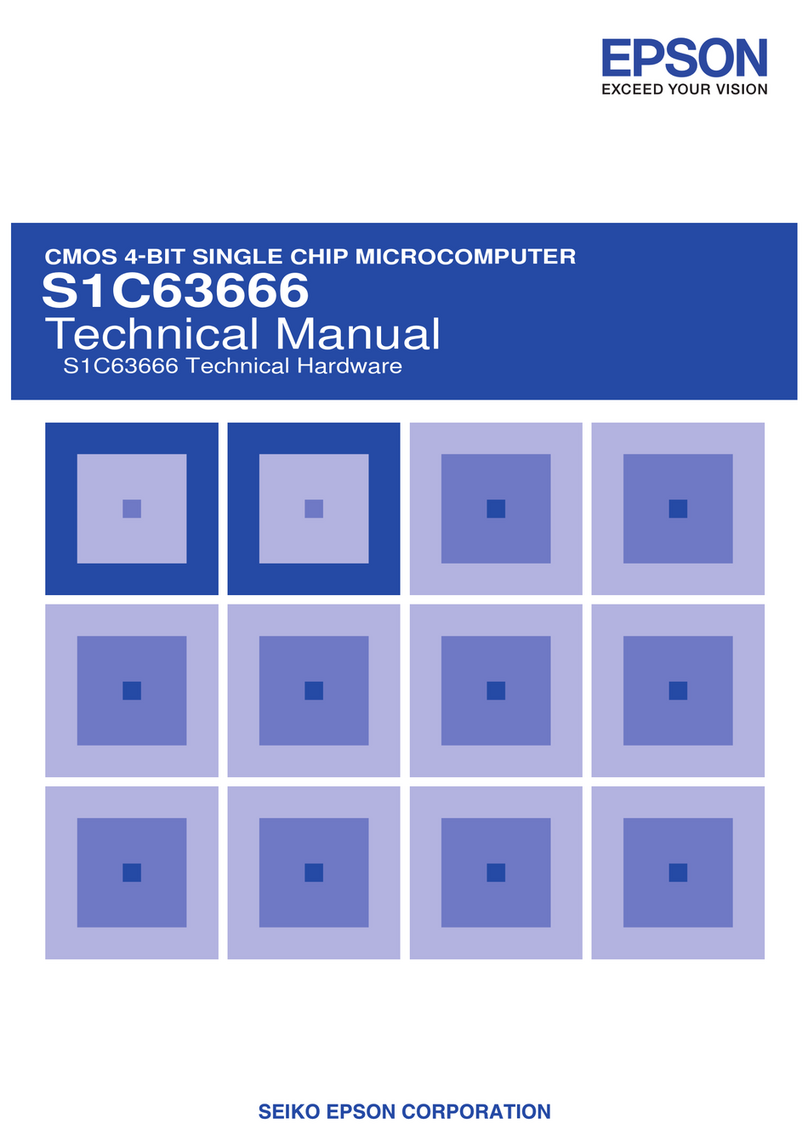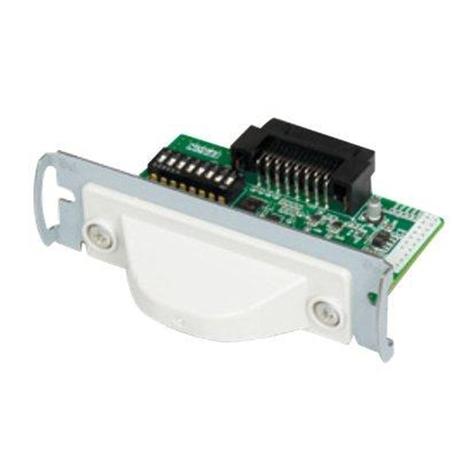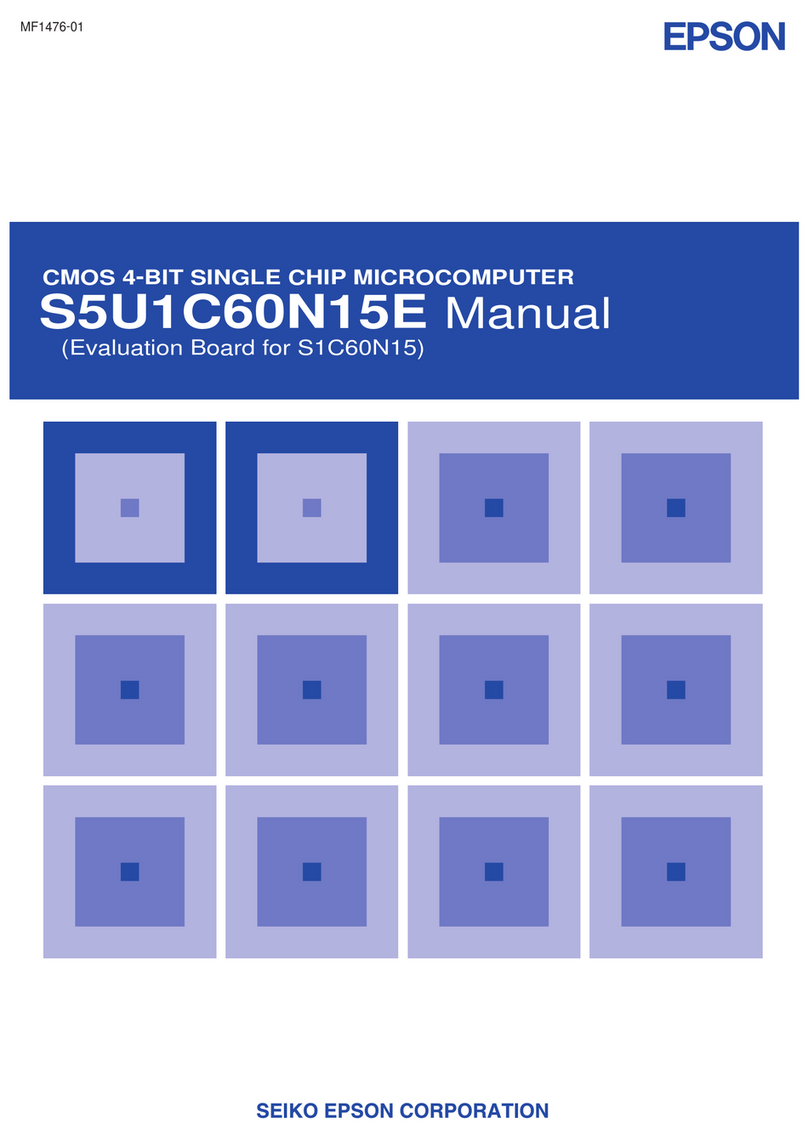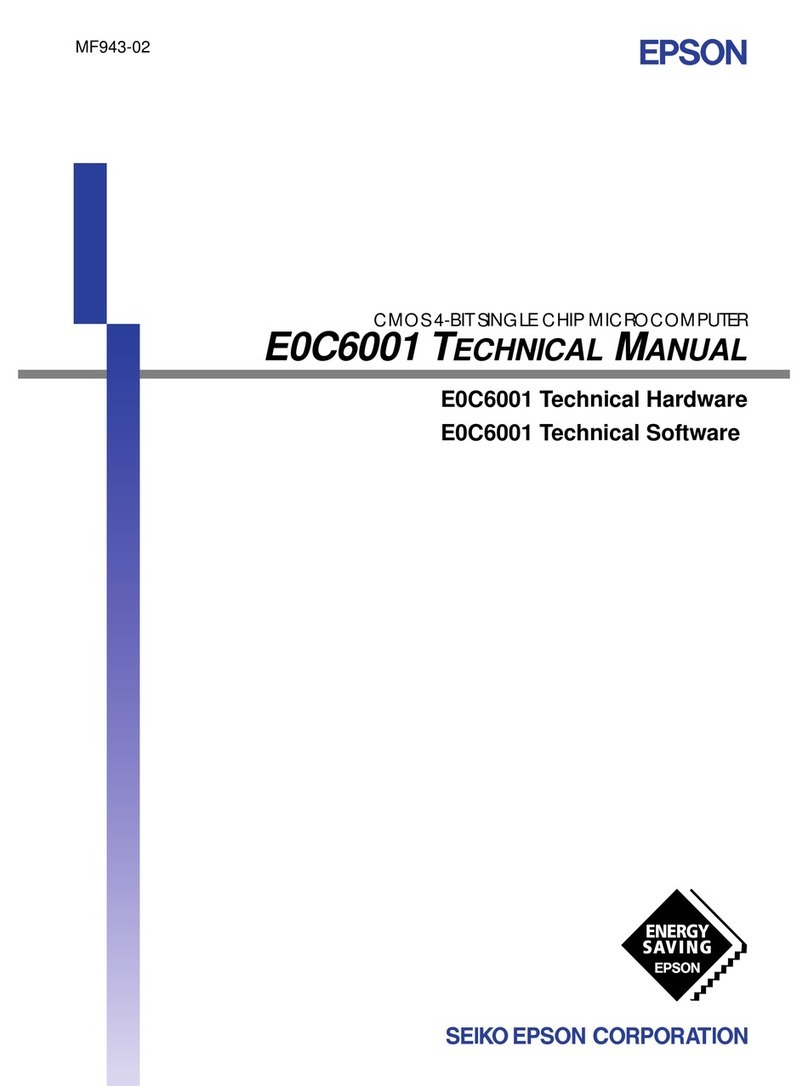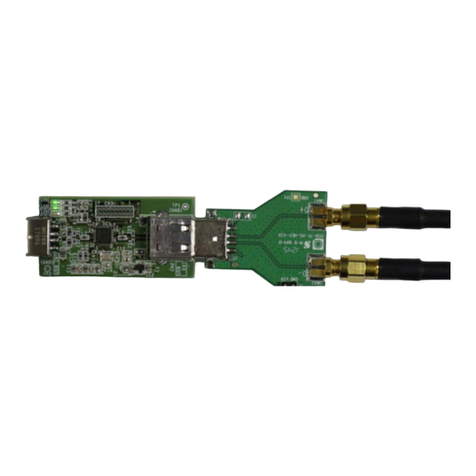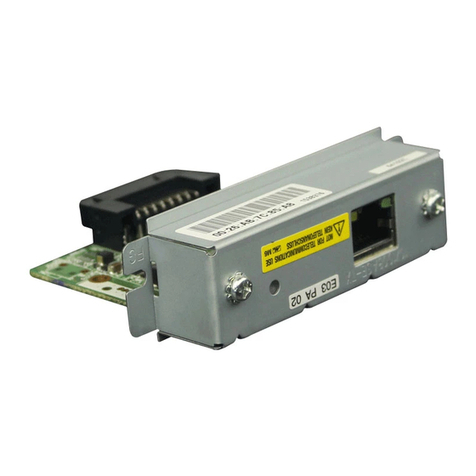
SIC63616-(Rev. 1.0) NO. 5
3240-0412
4.5 I/O Ports (P00-P03, P10-P13, P20-P23 and P40-P43) ............... 44
4.5.1 Configuration of I/O ports........................................................................... 44
4.5.2 Mask option ................................................................................................. 45
4.5.3 I/O control registers and input/output mode ............................................... 46
4.5.4 Input interface level..................................................................................... 46
4.5.5 Pull-down during input mode...................................................................... 46
4.5.6 Special output.............................................................................................. 47
4.5.7 Key input interrupt function ........................................................................ 49
4.5.8 I/O memory of I/O ports .............................................................................. 51
4.5.9 Programming notes ..................................................................................... 61
4.6 LCD Driver.................................................................................................. 62
4.6.1 Configuration of LCD driver....................................................................... 62
4.6.2 Power supply for LCD driving .................................................................... 63
4.6.3 Controlling LCD display ............................................................................. 65
4.6.4 Display memory........................................................................................... 69
4.6.5 LCD contrast adjustment............................................................................. 72
4.6.6 I/O memory of LCD driver .......................................................................... 73
4.6.7 Programming notes ..................................................................................... 78
4.7 Clock Timer ................................................................................................. 79
4.7.1 Configuration of clock timer........................................................................ 79
4.7.2 Controlling clock manager.......................................................................... 79
4.7.3 Data reading and hold function .................................................................. 79
4.7.4 Interrupt function ........................................................................................ 80
4.7.5 I/O memory of clock timer........................................................................... 81
4.7.6 Programming notes ..................................................................................... 83
4.8 Stopwatch Timer .......................................................................................... 84
4.8.1 Configuration of stopwatch timer................................................................ 84
4.8.2 Controlling clock manager.......................................................................... 84
4.8.3 Counter and prescaler................................................................................. 85
4.8.4 Capture buffer and hold function ................................................................ 85
4.8.5 Stopwatch timer RUN/STOP and reset........................................................ 86
4.8.6 Direct input function and key mask ............................................................. 87
4.8.7 Interrupt function ........................................................................................ 90
4.8.8 I/O memory of stopwatch timer................................................................... 92
4.8.9 Programming notes ..................................................................................... 96
4.9 Programmable Timer................................................................................... 97
4.9.1 Configuration of programmable timer......................................................... 97
4.9.2 Controlling clock manager....................................................................... 100
4.9.3 Basic count operation................................................................................ 101
4.9.4 Event counter mode (Timers 0, 2, 4 and 6) ............................................... 102
4.9.5 PWM mode (Timers 0-7) ........................................................................... 103
4.9.6 16-bit timer mode (Timer 0 + 1, Timer 2 + 3, Timer 4 + 5, Timer 6 + 7). 104
4.9.7 Interrupt function ...................................................................................... 105
4.9.8 Control of TOUT output ............................................................................ 105
4.9.9 Clock output to serial interface and R/f converter .................................... 106
4.9.10 I/O memory of programmable timer........................................................ 107
4.9.11 Programming notes ................................................................................. 119
4.10 Serial Interface .......................................................................................... 121
4.10.1 Configuration of serial interface ............................................................. 121
4.10.2 Serial interface terminals ........................................................................ 121
4.10.3 Mask option ............................................................................................. 122
4.10.4 Operating mode of serial interface ......................................................... 123
4.10.5 Setting synchronous clock........................................................................ 124
4.10.6 Data input/output and interrupt function ................................................ 125
4.10.7 Data transfer in SPI mode....................................................................... 128
4.10.8 I/O memory of serial interface ................................................................ 129
